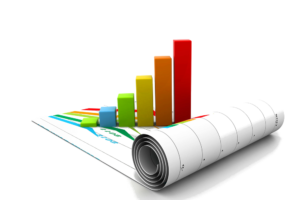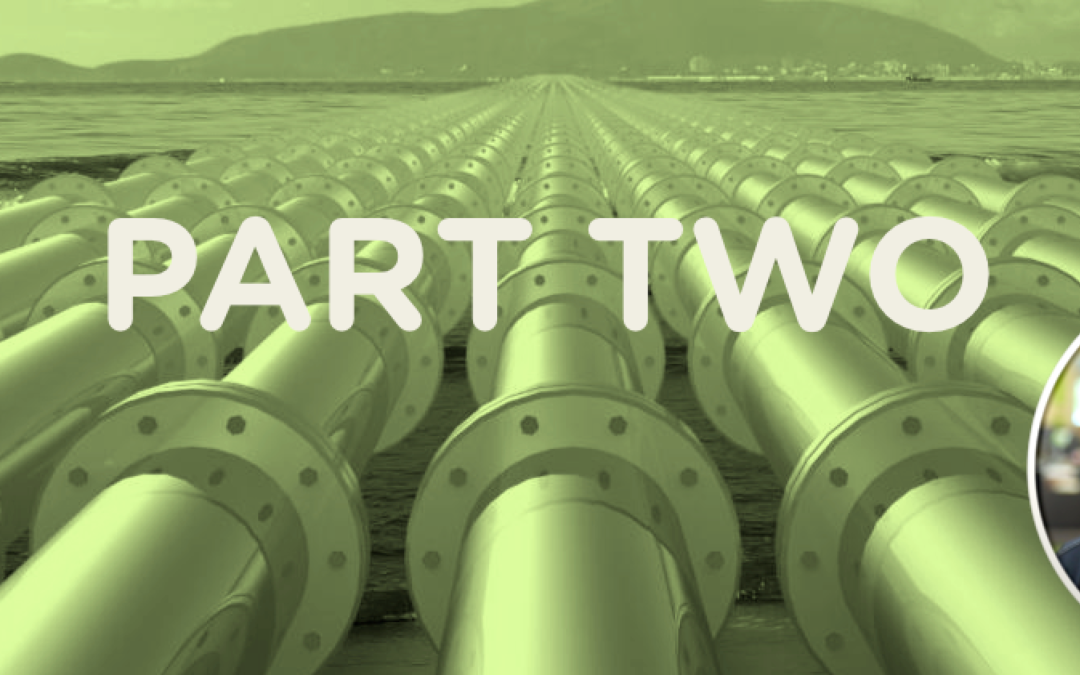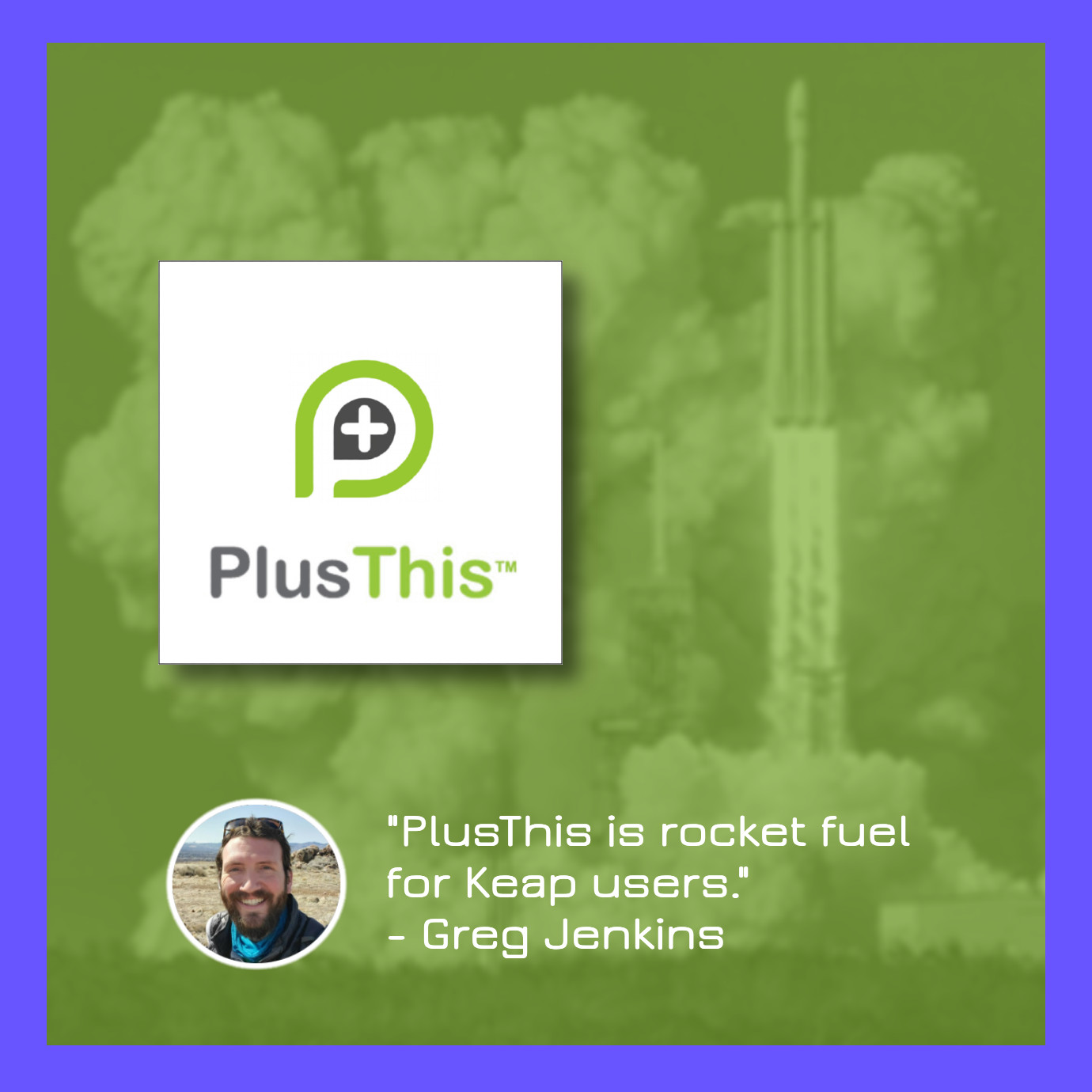We’re back with more knowledgey goodness from the Mad Scientist. In case you missed the first part of this post, check it out here. But to bring you up to speed, we’re talking about the different use cases for a pipeline.
Species #2: Fulfillment Pipeline
Sometimes, the sale is relatively simple but the fulfillment process is long and involved. In these cases, you can use a pipeline to track the specific fulfillment process.
For example, in the past I worked with a company that sold solar panel installations. Obviously, that fulfillment process is very complex because it involves inspections, sourcing parts, getting permits, etc. To streamline this process, we created a pipeline tracking the key milestones such as “Inspection Scheduled”, “Inspection Complete” and other critical parts of the installation. They even used custom data fields to track fulfillment specifics such as inspection dates, part numbers and permit information.
Another fulfillment pipeline example comes from my days as an Infusionsoft Success Coach. Basically, when someone purchased our software I would work with them initially to get their system setup. To track my book of business effectively while still doing 6, one hour calls, back-to-back each day, I setup a coaching pipeline. I had different milestones as they scheduled/rescheduled and completed different calls. I even had some milestone stages to track key behavior, such as sending their first email broadcast. Those milestone stages would be used to do some data crunching in the background so I could at-a-glace see my coaching pipeline status.
Unlike the sales pipeline, these fulfillment processes can have more milestones but still keep in mind that you’ll want to minimize them down to the key components to avoid the risk of human error.
As far as automation, you’ll want to use it to supplement the fulfillment process, much like you can do with the sales process. Using the solar panel example from above, when someone moves into the “Inspection Scheduled” part of the process it can send an immediate email that says “Hey your inspection is coming up here is what you need to know”. Or something like that.
 The automation can also be used purely for data crunching too, like I did with my coaching clients. In that specific example, I had an objective to get my customers through 4 usage behaviors such as sending a broadcast or getting a web form on their site. To track how many usage points someone had, I had each of those usage behaviors as a milestone in the pipeline. Each time someone hit that milestone, the system would do some data manipulation on the backend so I could know if people were tracking to fully launch by the end of our coaching time together. Frankly, if I didn’t do this automated tracking, it would have taken me HOURS each week to report on my book of business, rather than a two minute glance at my dashboard.
The automation can also be used purely for data crunching too, like I did with my coaching clients. In that specific example, I had an objective to get my customers through 4 usage behaviors such as sending a broadcast or getting a web form on their site. To track how many usage points someone had, I had each of those usage behaviors as a milestone in the pipeline. Each time someone hit that milestone, the system would do some data manipulation on the backend so I could know if people were tracking to fully launch by the end of our coaching time together. Frankly, if I didn’t do this automated tracking, it would have taken me HOURS each week to report on my book of business, rather than a two minute glance at my dashboard.
Species #3: Live Event Acquisition Pipeline
 Certain products have in-person fulfillment. A live music concert or speaking at a professional conference are two examples of a product where people are buying your in-person experience.
Certain products have in-person fulfillment. A live music concert or speaking at a professional conference are two examples of a product where people are buying your in-person experience.
Similar to the two previous pipelines, this kind of pipeline is tracking either the sale or fulfillment (or both). However, the product itself is the focus, not the person buying the product. In other words, you might have 50 lead records in the sales pipeline but as far as a live event is concerned, you’d only have one event record.
Let me share two examples using the entertainment-based product, and then the functional product. By day I’m a automated experience designer but at night I’m a headbanging metalhead who is also a show promoter. My company is actually the official in-house booking agent for a local venue out here. To track our show bookings and talent acquisition, we have a show pipeline. It starts from the initial outreach by a promoter/agent looking to do a show and tracks all the way down through securing the show date, contract signing, and ends with the show officially booked and ready to promote. This allows us to have many shows at different stages of development organized in a clean fashion. Plus, there is a team of 3 of us, so having a central event record ensures that everybody can be on the same page even if we cannot directly chat at the particular moment.
Regarding automation, while we haven’t built anything yet, we could easily add in automated emails to nudge a booking agent on contracts and such.
In the case of a professional speaker, acquiring speaking gigs can also benefit from having a pipeline very similar to the entertainment based product. You still have to secure dates, get contracts, etc. However, you can take further organize by including operational data too.
For example, many years ago I helped Chris Brogan build out this exact idea: a speaking engagement pipeline. In addition to the stages, we also built data fields to track the airplane tickets, hotel and rental car info. We even created Yes/No fields to indicate if those had been done and that was used for certain reports. Another example is my good friend Steve Gabriele who does sports photography. We setup a pipeline for him that, in addition to tracking hotels and such, also allowed him to track how many employees each event needed, estimated fuel costs, and all sorts of critical operational information.
Whew! Thats it for now but I’m really curious: what did YOU take out of this post? Please leave a comment below!





